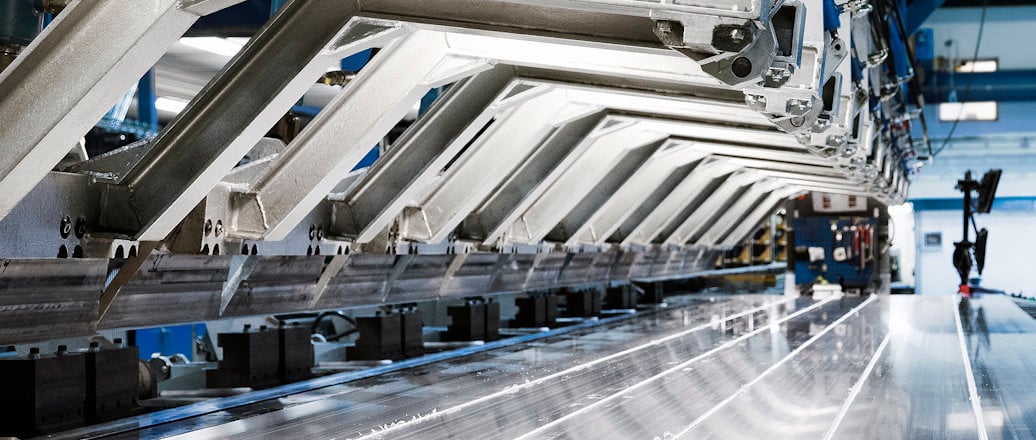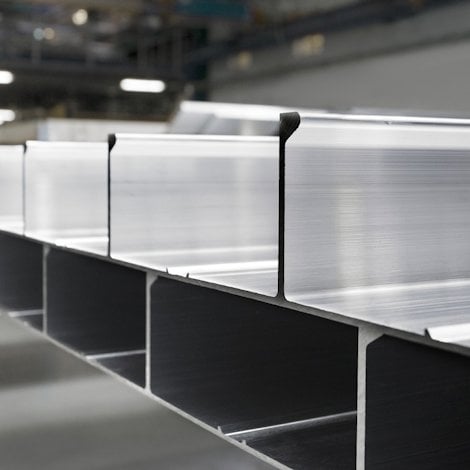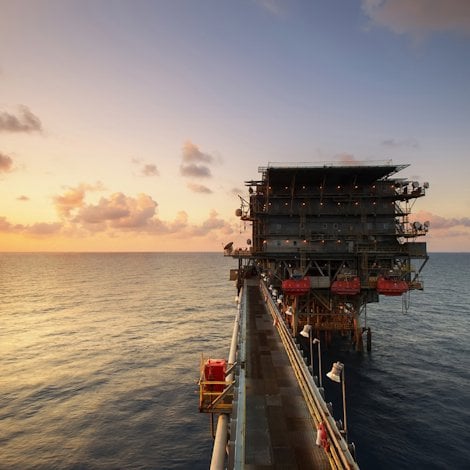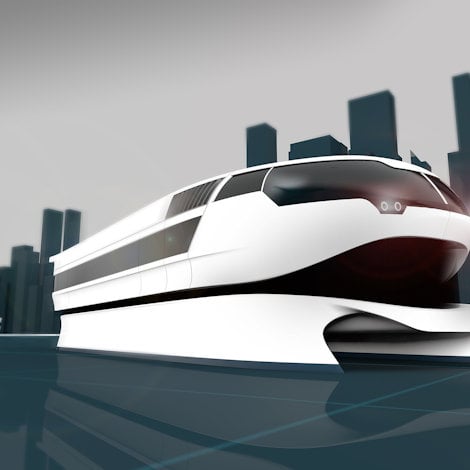Know the differences between friction welding techniques
Friction stir welding is an excellent method of joining for aluminium. But it is only one of the types of friction welding. Let me explain the differences and similarities between these.
Friction stir welding (FSW) has been especially useful in creating long and wide structural aluminium panels for industries such as marine, offshore and transportation. The other types of friction welding processes that one can come across are:
- Rotary friction welding (RFW)
- Linear friction welding (LFW)
- Orbital friction welding (OFW)
As with FSW, each one of these processes comes in different modifications and variants adopted to machinery and specific applications.
- RFW is used in the welding of certain automotive components including axles, gears, piston rods and turbine shafts, aluminium copper electrical connectors, transition joints combining dissimilar metals, and drill bits and other tools.
- LFW is employed mainly in aerospace applications, such as integrated bladed disks for jet engines and near-net shape blanks for structural parts.
- OFW tends to be used for plastic joining rather than metal.
Conventional friction welding processes
Compared to FSW, RFW is considered a conventional friction welding process. RFW has been used industrially for over half a century. LSW and OFW, although not as widely applied, were also known for decades before the invention of FSW.
Each technique creates frictional heat by rubbing the abutted interfaces of the materials while under compressive axial loads. Once the metal is plasticized and softened by the heat, the rubbing motion is stopped and the parts are pressed together to consolidate the joint. What differs between them is the pattern of relative motion of the parts.
Motion patterns to generate friction welds
RFW works best in combinations when at least one of the parts is symmetrical around an axis of rotation. This part is spun, or rotated, while the other is stationary. Welding non-symmetrical sections faces challenges related to the exposure of hot metal interface to atmosphere during welding, and control of the angular alignment of parts. These challenges are being addressed in LFW and OFW.
LFW and OFW are based on the very same principles as RFW. However, instead of rotating the part, a linear oscillating motion is used in LFW, while OFW employs an orbital motion between the parts. Once adequate heat and metal flow has taken place, the parts are then brought to desired alignment.
Many solutions with friction
The common denominator for all friction-based welding methods is their solid-state nature. The weld remines in solid state, which eliminates melt and solidification related problems such as porosity and cracking.
Lower peak temperatures, as compared to fusion welding, reduce thermal damage to welded parts and minimize distortion. Furthermore, the solid-state nature of friction welding processes allows for successful joining of dissimilar materials.
Conventional friction welding processes are applicable only to parts that can be rapidly moved relative to each other along the same joint plane, and to materials that have good lateral stiffness and good high-temperature properties.
Each of the conventional friction processes can be considered faster per unit of weld than FSW. This is because the interaction volume in FSW is small and constrained to the thin material layer around the rotating tool. In the other processes, welding occurs naturally through the whole cross section of the interfaces. FSW also requires tooling while the other processes do not.
All friction welding process are easily automated, making the welds highly repeatable with very low defect rates.
Overall, FSW has fewer limitations than the other friction welding processes, and although it is a much younger technology, FSW has been widely used across many industries. These range from large structural panels in transportation and civil engineering to smaller automotive structural parts and enclosures as well as to heat sinks in power electronics.

Friction welding positive for environment
All friction welding processes are environmentally safer – and safer for the people doing the work – than traditional welding methods. They join metals by mixing the interfaces of the parts. No filler material or shielding gases are needed.
Bottom line is that all four of these friction welding techniques deliver strong and durable welds. They do it cost effectively, and with minimal health hazard and environmental impact.
Interested in learning more?
Check out this in-depth white paper about Friction Stir Welding.








